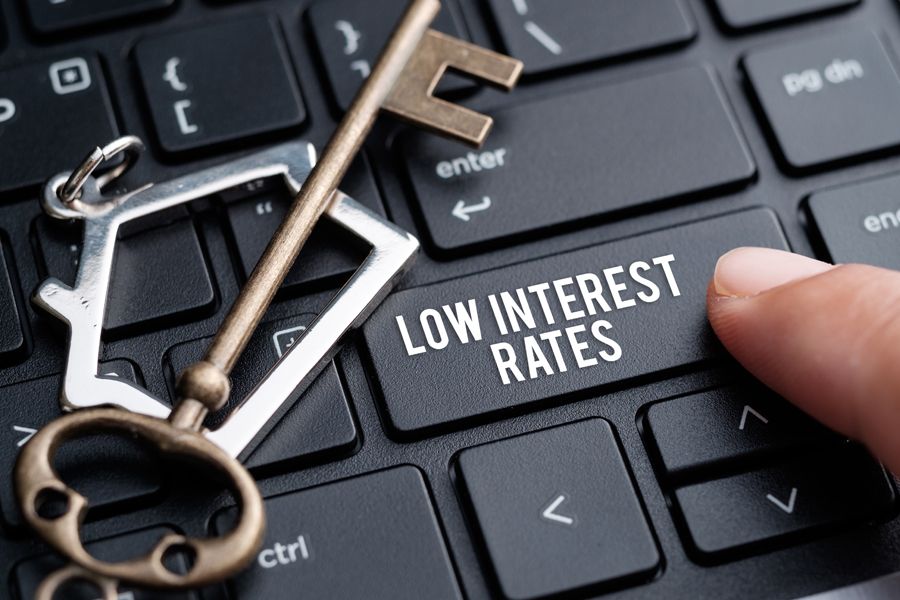Overview
On May 1, 2023 changes to the Level Price Adjustments (LLPA) will impact the interest rate you pay on mortgages. Because the mortgages written over the next few months will be eligible for purchase by Fannie Mae and Freddie Mac in the pursuing 60 days, lending institutions will begin using these guidelines as early as April, or sooner depending on the lender. It’s kind of wonky, but it really helps to understand how the lender arrives at the number you pay. The lending institution lends you money. They also want it insured so that if you default, they do not lose the principal.
Fannie and Freddie
Fannie Mae was charted by the U.S. Congress in 1938 because leaders wanted promote home ownership by making it more affordable. The principal mechanism was to make long-term mortgage loans more attractive to lenders by allowing smaller down payments.
Freddie Mac was charted by the U.S. Congress in 1970 after Fannie Mae became a private shareholder-owned corporation. The purpose was to divide the monopoly position Fannie Mae posed.
While the percentage changes year to year, since 2002, Fannie Mae and Freddie Mac bought and bundled anywhere from 55-64% of mortgages. They purchase mortgages from lenders, package them into securities, and sell those securities to investors. This keeps money flowing back into lending institutions so the have ample funding to extend more loans and help more people by homes (source).
Variables
There are many variables that drive the interest rate you pay. Below are some of the larger variables:
- Economic indicators: Changes in the economy, such as inflation and unemployment rates, can impact mortgage interest rates.
- Federal Reserve policy: The Federal Reserve can raise or lower interest rates to control inflation, which can in turn affect mortgage interest rates.
- Lender’s risk tolerance: The riskier the loan, the higher the interest rate will be to compensate the lender for taking on more risk.
- Loan type: Different types of loans, such as fixed-rate or adjustable-rate mortgages, can have different interest rates.
- Loan term: The length of the loan, typically 15 or 30 years, can impact the interest rate.
- Down payment: A larger down payment can reduce the amount borrowed, making the loan less risky for the lender and potentially resulting in a lower interest rate.
- Credit score: A higher credit score can indicate to the lender that the borrower is a lower risk, potentially leading to a lower interest rate.
- Property type: The type of property being purchased, such as a single-family home or a multi-unit building, can impact the interest rate
Next week, I will dive into how the LLPA weigh these factors and how they impact how your lender may recommend you structure your mortgage.
These are some of the key variables that can impact mortgage interest rates. It’s important for homebuyers to understand these factors and to work with a lender to determine the best mortgage options for their specific needs and financial situation.
If you are considering selling your home or looking for your next, I can help! Click here for a quick guide to home staging success. To request a free complete guide to selling your home or a competitive market analysis click here. If you are considering selling your home or looking for your next, I can help!
To explore available homes in the Columbus metro, click here.


 Facebook
Facebook
 X
X
 Pinterest
Pinterest
 Copy Link
Copy Link


